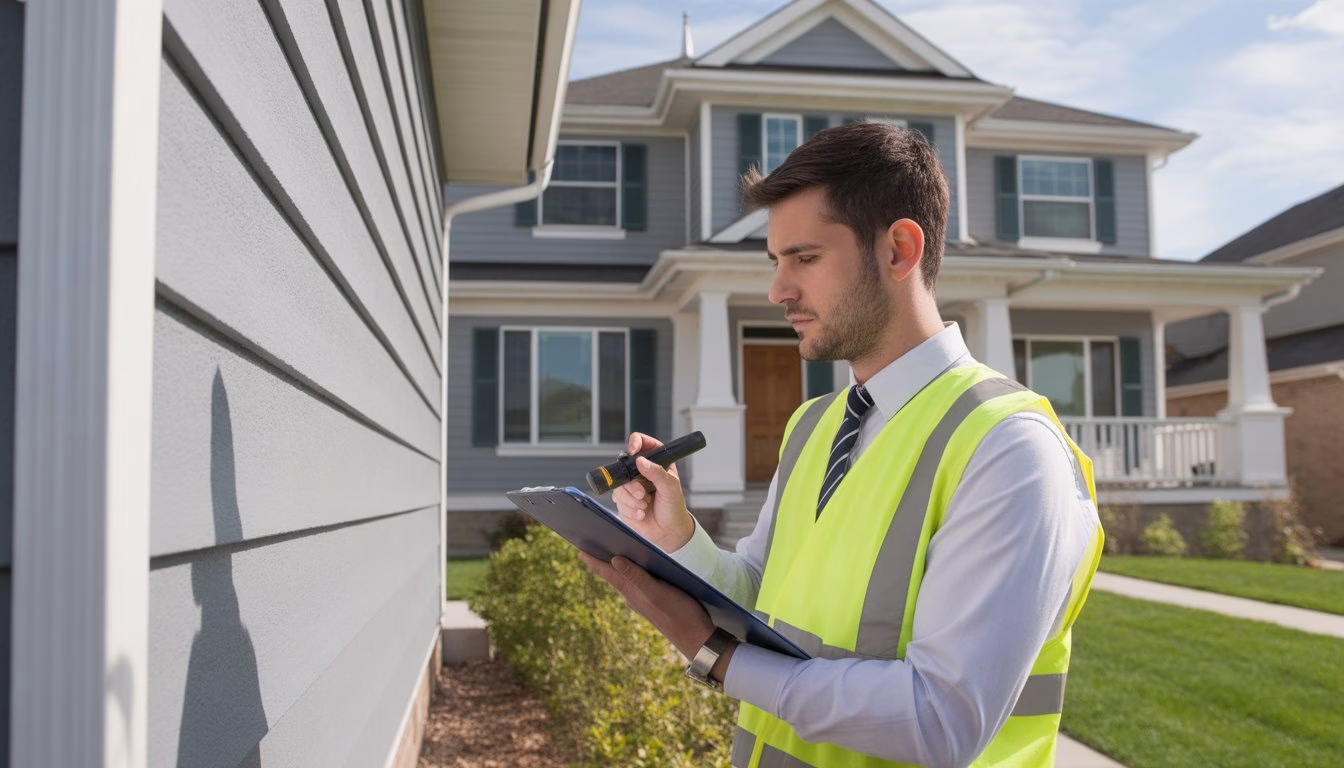Mixed-use real estate has gained significant popularity in recent years as urban planners and developers seek innovative ways to create vibrant, multifunctional spaces. Mixed-use properties combine residential, commercial, and sometimes industrial spaces within a single development, offering unique opportunities for investors and residents alike. These versatile properties can range from small-scale buildings to large, master-planned communities, each designed to create a sense of community and maximize land use efficiency.
As you explore the world of mixed-use real estate, you’ll discover the potential for diverse income streams and the ability to cater to multiple market segments. Whether you’re considering investing in a mixed-use property or simply curious about this growing trend in urban development, understanding the nuances of these multifaceted properties is crucial. From zoning regulations to tenant management, mixed-use real estate presents both challenges and opportunities that set it apart from traditional single-use properties.
Key Takeaways
- Mixed-use properties combine multiple real estate types in one development
- These versatile properties offer diverse income streams and community benefits
- Understanding zoning, planning, and management is crucial for mixed-use success
What Is Mixed-Use Real Estate?
Mixed-use real estate combines multiple property types within a single development or building. This innovative approach integrates residential, commercial, and sometimes industrial spaces to create vibrant, multifunctional communities that offer convenience and diverse amenities.
Understanding Mixed-Use Development
Mixed-use development blends different property uses in one location. You’ll find a combination of residential, commercial, retail, office, and even industrial spaces within the same building or complex. This integration aims to create a more efficient and dynamic urban environment.
Key features of mixed-use developments include:
- Walkability
- Shared amenities
- Efficient land use
- Reduced transportation needs
These projects often feature ground-floor retail or office spaces with residential units above, creating a seamless blend of live-work-play environments.
History and Evolution
Mixed-use developments have roots in traditional urban design. Ancient cities naturally combined residential and commercial uses within close proximity. The concept fell out of favor during the 20th century due to zoning laws that separated land uses.
In recent decades, mixed-use has experienced a resurgence:
- 1980s-1990s: Renewed interest in urban living
- 2000s: Focus on sustainable development
- 2010s-Present: Emphasis on creating vibrant, walkable communities
This evolution reflects changing consumer preferences and a desire for more integrated, convenient living spaces.
Types of Mixed-Use Developments
Mixed-use projects come in various forms to suit different needs and locations:
- Vertical Mixed-Use: Multiple uses stacked within a single building
- Horizontal Mixed-Use: Different uses in separate buildings within one development
- Mixed-Use Town Centers: Large-scale projects that create mini-communities
- Live-Work Units: Spaces designed for both living and working
Each type offers unique benefits and caters to specific market demands. You’ll find these developments in urban centers, suburban areas, and even smaller towns adapting to changing lifestyles.
Benefits and Challenges
Mixed-use properties offer several advantages:
- Enhanced property value
- Increased foot traffic for businesses
- Reduced commute times
- Improved community engagement
However, they also face challenges:
- Complex zoning regulations
- Higher development costs
- Potential conflicts between different uses
- Management complexities
For investors, mixed-use properties provide diversification and potential for higher returns. Residents enjoy convenience and a vibrant atmosphere. Businesses benefit from built-in customer bases.
Balancing these benefits against the challenges is crucial for successful mixed-use development. You’ll need to carefully consider local market conditions, zoning laws, and community needs when planning or investing in these properties.
Planning and Development Process
Mixed-use real estate projects require careful planning and coordination across multiple domains. The process involves navigating complex regulations, designing functional spaces, securing funding, and engaging diverse stakeholders.
Zoning and Land Use Regulations
Zoning laws play a crucial role in mixed-use developments. You’ll need to research local ordinances and potentially seek variances or rezoning. Many cities now encourage mixed-use projects through flexible zoning regulations.
Key considerations include:
- Permitted uses and density
- Building height and setback requirements
- Parking ratios for different uses
You may need to work with city planners to amend existing zoning or create overlay districts. This process often involves public hearings and community input.
Design Considerations
Effective mixed-use design balances functionality with aesthetics. Your project should create synergies between different uses while maintaining distinct identities.
Consider:
- Vertical vs. horizontal mixing of uses
- Separate entrances and circulation for different components
- Shared amenities and public spaces
- Noise mitigation between residential and commercial areas
Flexibility is crucial. Design spaces that can adapt to changing market demands over time. This might include convertible floor plans or modular construction techniques.
Financial Feasibility and Funding Options
Mixed-use projects often require significant upfront investment. You’ll need to create detailed financial models that account for varying revenue streams and operational costs.
Funding sources may include:
- Traditional bank loans
- Government incentives or tax credits
- Public-private partnerships
- Real estate investment trusts (REITs)
Consider phasing your development to spread costs and reduce risk. This approach allows you to test market demand and adjust plans as needed.
Stakeholder Involvement
Successful mixed-use projects require buy-in from multiple stakeholders. You’ll need to engage with:
- Local government officials
- Community members and neighborhood associations
- Potential tenants and end-users
- Investors and financial partners
Hold public meetings and workshops to gather input and address concerns. Create a clear communication plan to keep stakeholders informed throughout the development process.
Consider forming a project advisory board with representatives from different interest groups. This can help build consensus and ensure your project aligns with community needs and goals.
Frequently Asked Questions
Mixed-use properties combine different real estate uses within a single development. These versatile spaces raise important questions about zoning, investment potential, and practical considerations for property owners and tenants.
What defines a property as mixed-use in real estate?
A mixed-use property combines multiple types of real estate within one building or complex. This typically includes a mix of residential, commercial, and sometimes industrial spaces.
For example, an apartment building with retail shops on the ground floor qualifies as mixed-use. Office spaces above restaurants or cafes are another common configuration.
How do zoning laws affect mixed-use developments?
Zoning laws play a crucial role in mixed-use developments. They determine where and how these properties can be built.
Some cities have specific mixed-use zoning districts that encourage diverse property uses. Other areas may require special permits or variances to combine residential and commercial spaces.
What are the potential benefits of investing in mixed-use properties?
Investing in mixed-use properties offers several advantages. These developments can provide multiple income streams from different types of tenants.
Mixed-use properties often benefit from increased foot traffic and synergies between businesses and residents. This can lead to higher occupancy rates and potentially greater returns on investment.
Can residential spaces be part of mixed-use developments?
Yes, residential spaces are often a key component of mixed-use developments. Apartments or condominiums frequently occupy upper floors of mixed-use buildings.
This combination of living and commercial spaces creates vibrant, walkable communities. Residents enjoy easy access to shops, restaurants, and services within the same property.
What are common features of successful mixed-use developments?
Successful mixed-use developments often incorporate thoughtful design elements. These may include shared public spaces, green areas, and convenient parking options.
Flexible spaces that can adapt to changing market demands are also valuable. Effective property management is crucial to balance the needs of diverse tenants.
How do tax implications vary for mixed-use properties compared to single-use buildings?
Tax implications for mixed-use properties can be complex. Different portions of the property may be taxed at different rates based on their use.
You may need to consult with tax professionals familiar with mixed-use developments. They can help navigate the specific tax considerations for your property’s unique combination of uses.
Want to know if that deal is actually worth pursuing?
Stop relying on outdated spreadsheets – analyze your next real estate deal like a pro with DealCheck. Start your free analysis today!

Are you ready to take your rental property management to the next level?
Get Achieving Financial Success as a Property Manager: An Insider’s Guide today and become an expert in no time!
This comprehensive guide is filled with valuable tips, techniques, and strategies necessary for success in this exciting field.
What are you waiting for? Grab yours now from your favorite bookseller:
- Amazon
- Books2Read for Apple, Barnes & Noble, Kobo, Scribed, and 8 more sellers with both eBook and paperback options available
- Payhip as a PDF
You can also:
- Visit our learning center
- Learn more about our consulting services
Content created by J. Scott Digital freelance copywriting services.



